Smart Packaging Solutions for Lithium Batteries (LiB) & Automotive Supply Chains
Optimize Your Supply Chain with Sustainable, Regulatory-Compliant Solutions

Optimize Your Supply Chain with Sustainable, Regulatory-Compliant Solutions
Navigating the lithium battery and electric vehicle industries demands a partner tuned into innovation. At Nefab, we grasp the supply chain intricacies, regulatory landscapes, market demands, and product handling precision.
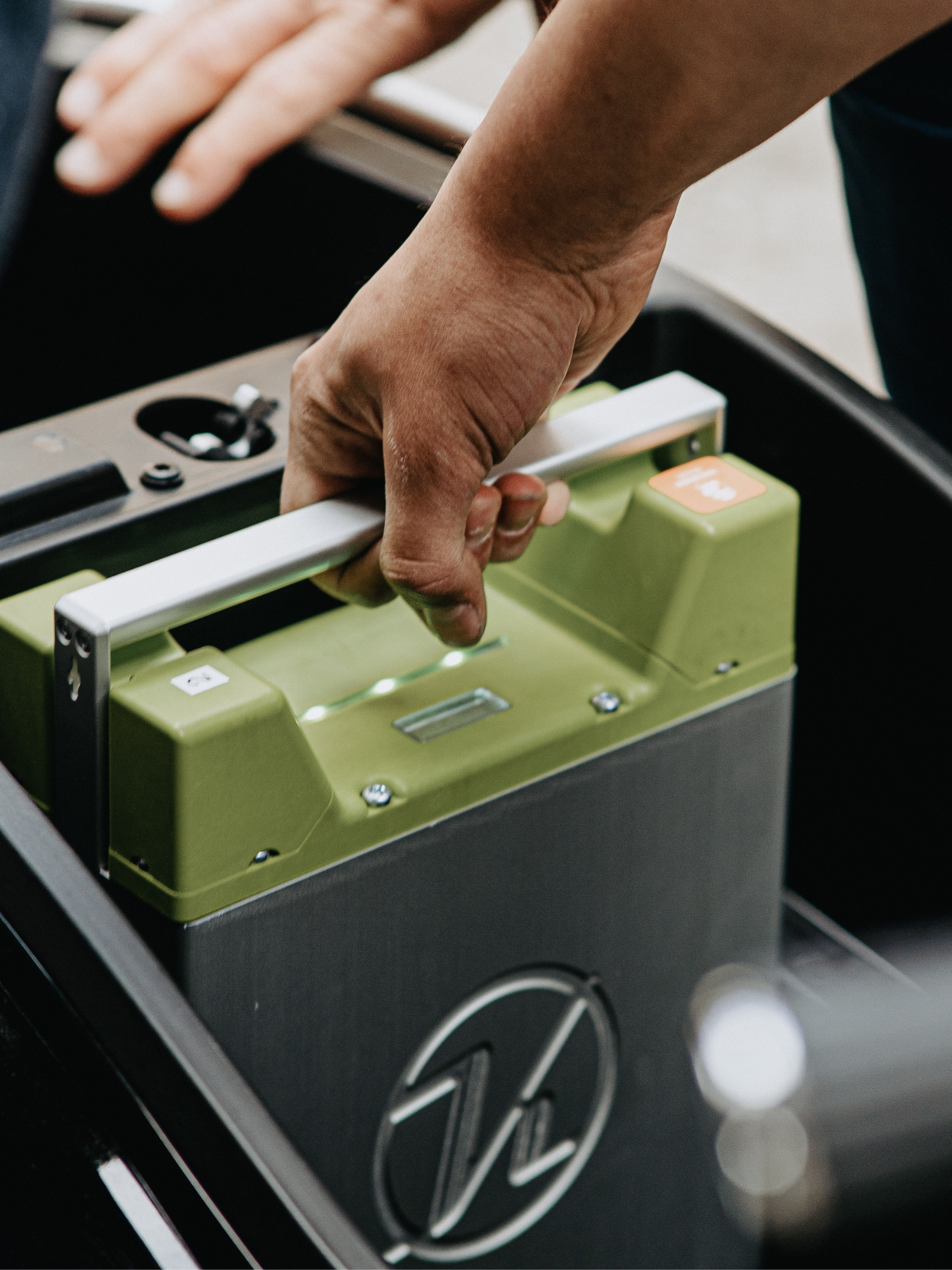
Our tailored packaging designs help safeguard high-value lithium-ion (Li-ion) battery systems and EV components for domestic and international shipping.
We design packaging to lower carbon foot-print and minimize waste while enhancing supply-chains optimization.
Accelerating packaging development is our forte—optimizing supply efficiencies and ensuring flexible solutions tailored to your needs.
Navigating UN regulations for lithium batteries and electric vehicles is a critical part of our work at Nefab. Our expertise ensures packaging solutions that optimize supply-chain requirements, guaranteeing global and local compliance.
With decades of experience, Nefab stands as a knowledge leader in the packaging industry, offering insights and solutions that are both cutting-edge and deeply informed by a commitment to regulatory compliance and operational excellence.
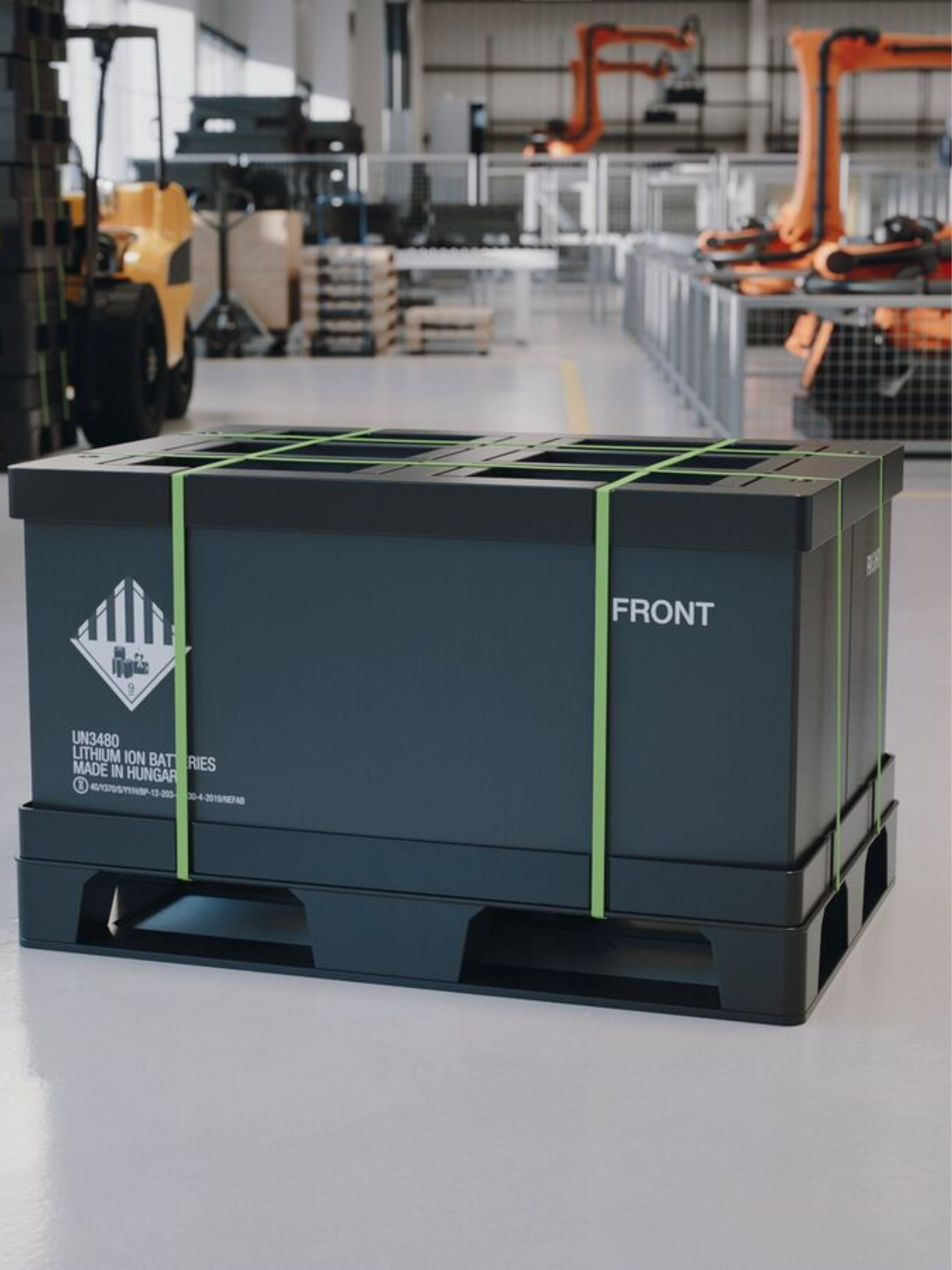
As the shift towards sustainable energy intensifies, the demand for lithium batteries and electric vehicles continues to rise in the automotive industry. This has resulted in stricter regulations and handling requirements for these products, which pose unique challenges for supply chain management.
Mitigating disruptions is crucial when navigating the realms of technological adaptation and geopolitical complexities. This requires a delicate balance of foreseeing potential challenges and implementing strategic measures to ensure a smooth transition to new technologies in various geopolitical landscapes.
Ensuring the safety of products and maintaining compliance with ever-changing local and global packaging and transportation regulations are crucial aspects of ensuring a smooth and reliable supply chain operation.
Aligning agile solutions with the constantly evolving electric vehicle market demands strategic planning and a keen understanding of the latest technological advancements. It requires staying ahead of trends and implementing innovative approaches to meet the dynamic needs of the industry.
Managing logistics, materials, and compliance costs requires efficient packaging solutions that are protective, compliant, lightweight, and easy to transport.

At Nefab, we offer a range of packaging solutions designed specifically for the LiB and E-mobility industry. From custom-designed corrugated boxes and foam inserts to reusable packaging systems, we have the expertise to create tailored solutions that meet your specific requirements and ensure the safe handling, transportation, and storage of your products.
Engineered solutions that lead to sustainable packaging, enabling significant cost and CO2 savings.
Customer-Centric Designs crafted for material optimization and multi-modal transport compatibility.
Digital Services that insure asset traceability and enhance supply chain transparency.
Logistic Services that support packaging optimization, such as returnable packaging management (pooling) and packaging cleaning operations.
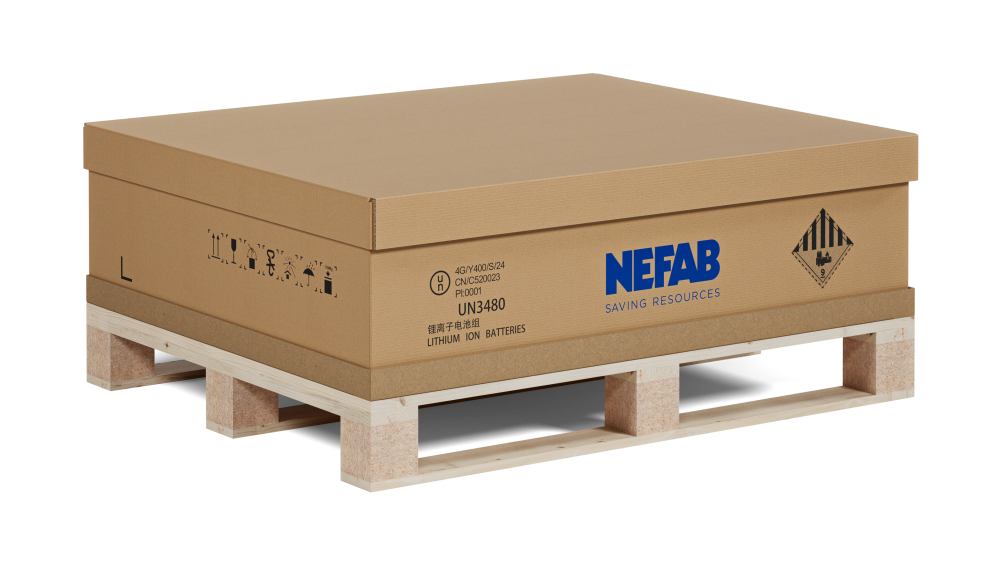
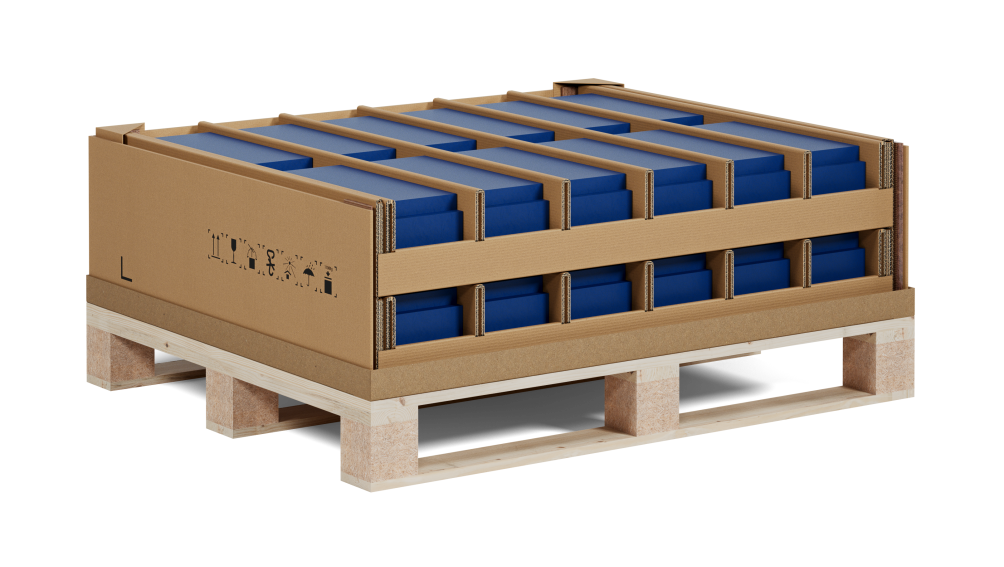
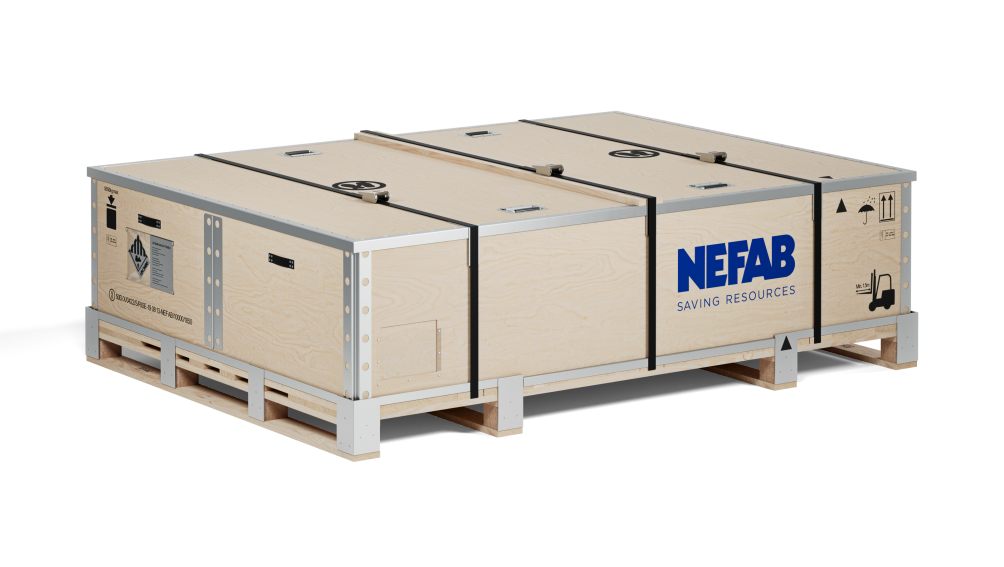
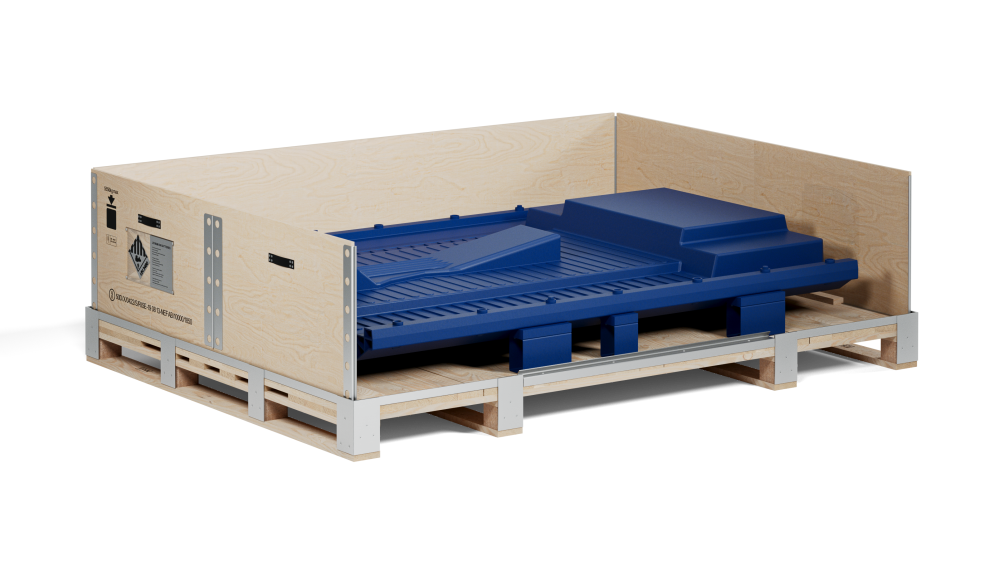
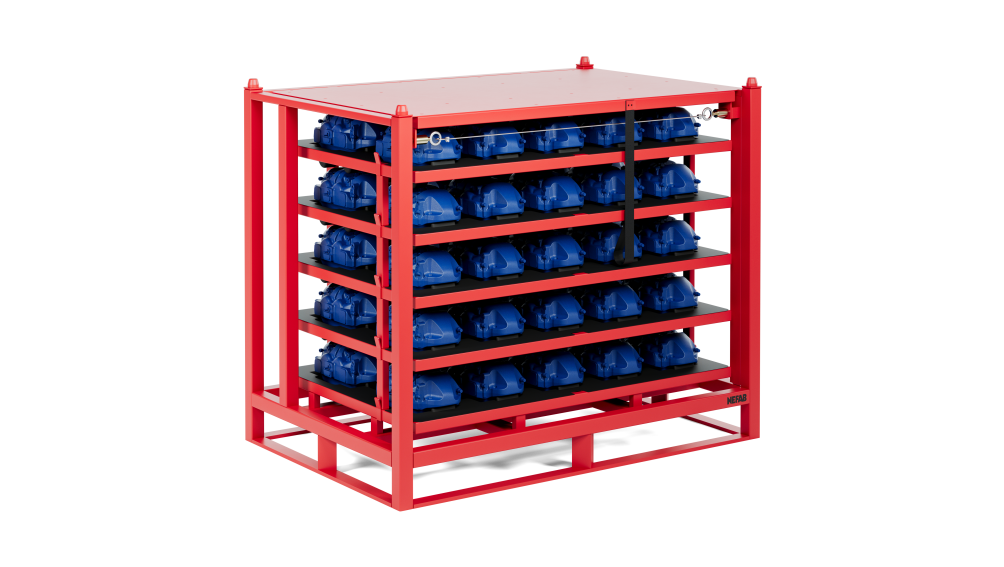
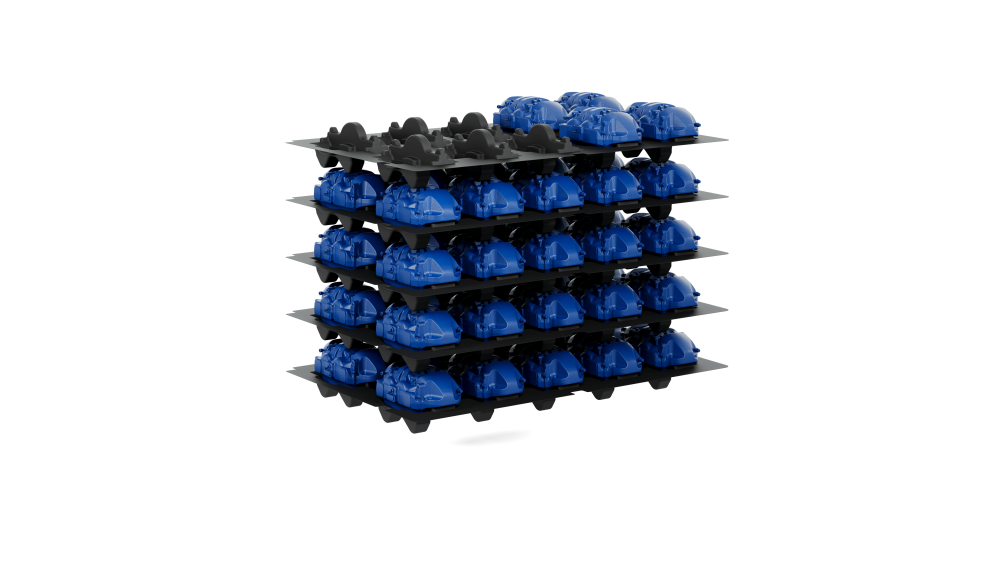
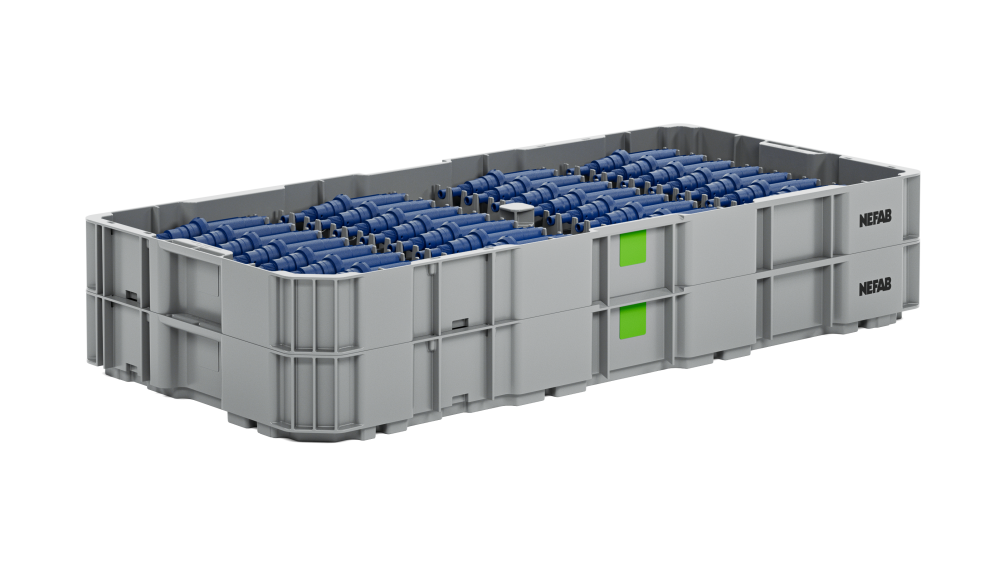
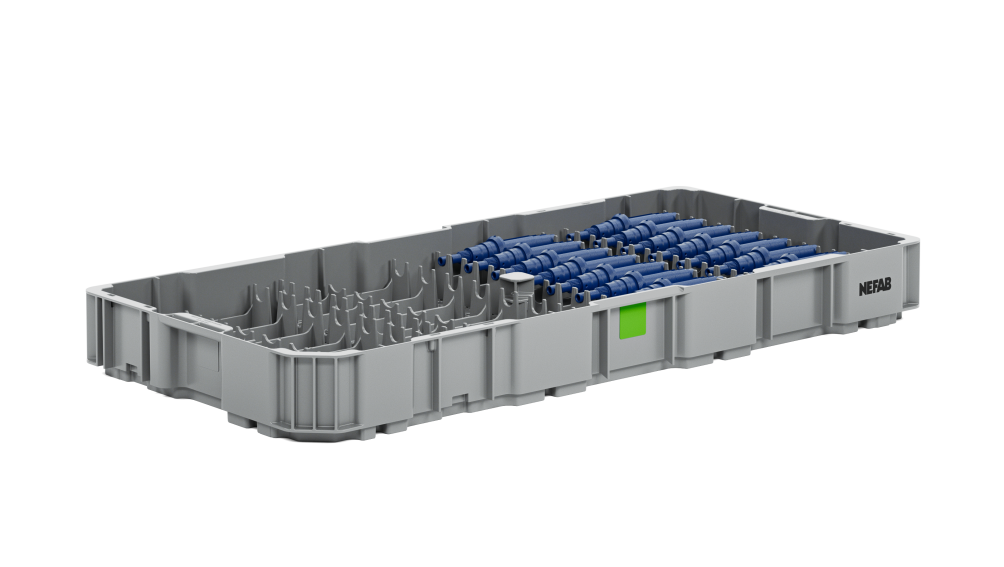
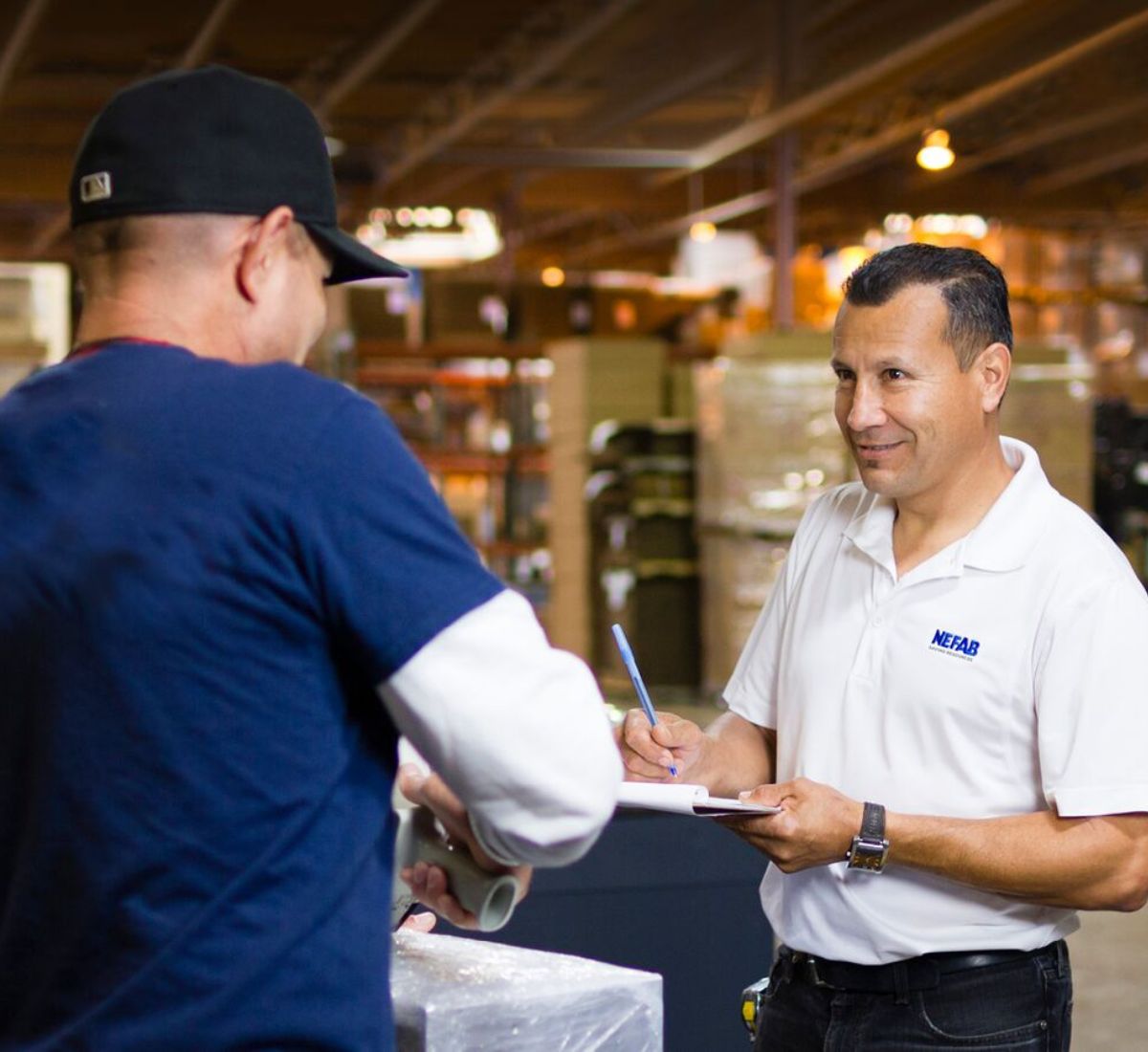
Nefab is more than just a packaging provider - we also offer:
With 35 UN approved manufacturing sites, our reliable service has been the backbone of global Li-Battery development since 2009.
Our vast portfolio of over 3,000 successful projects showcases our leadership in developing high-quality packaging solutions.
Our worldwide footprint ensures that you have consistent support and service across all regions – Americas, Europe, and Asia.
Amaury Fruchaud
Global LiB & E-Mobility Director
Connect with Nefab to see how we can orchestrate your next advance in the electric vehicle and lithium battery sectors. Our team of experts is ready to collaborate, innovate, and deliver solutions tailored to your unique challenges. Get in touch today and accelerate your mission towards a more sustainable and efficient future.
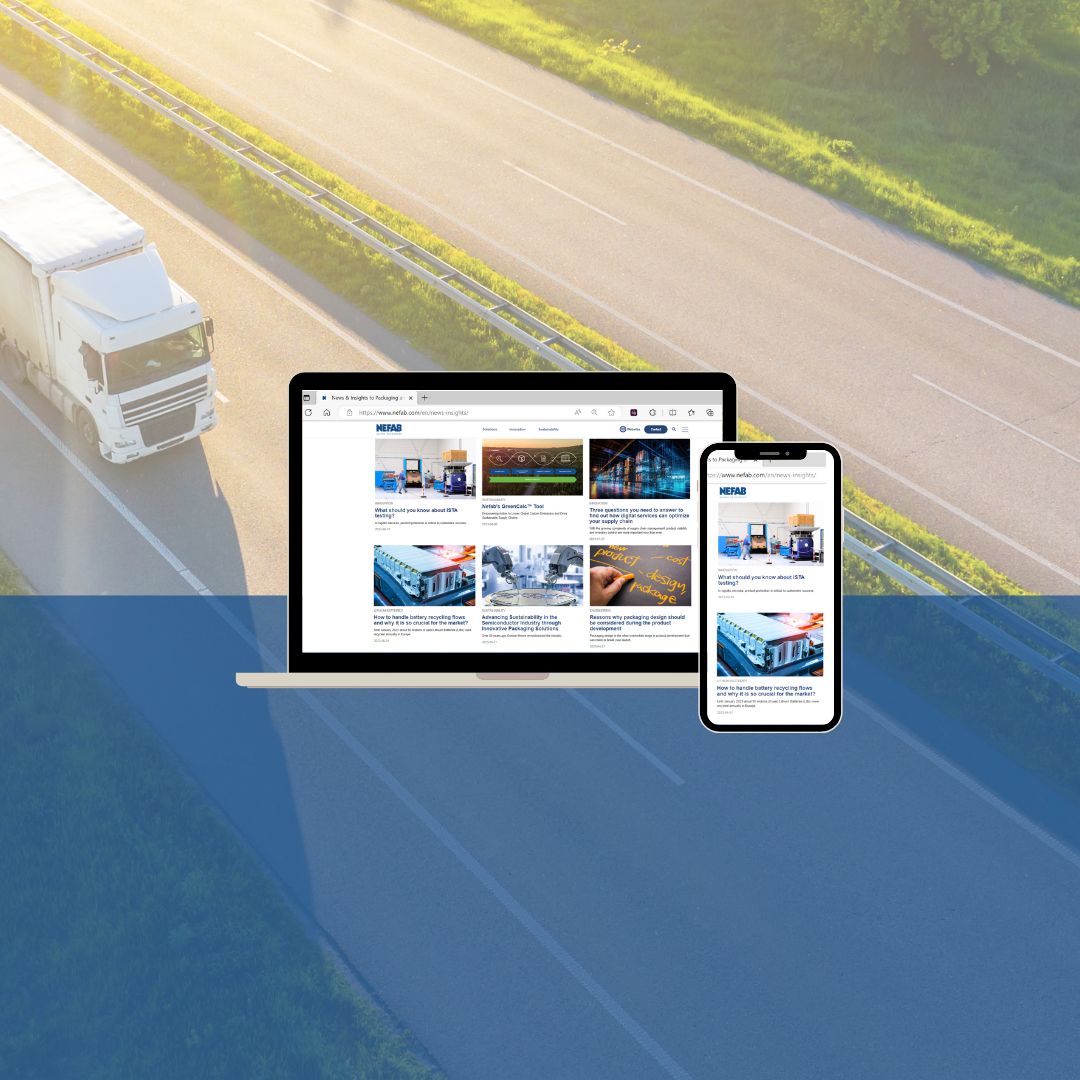
Join us on a journey of saving resources and learn about the latest trends, solutions, and best practices in sustainable supply chain management and discover smarter ways to reduce environmental impact and boost cost efficiency.